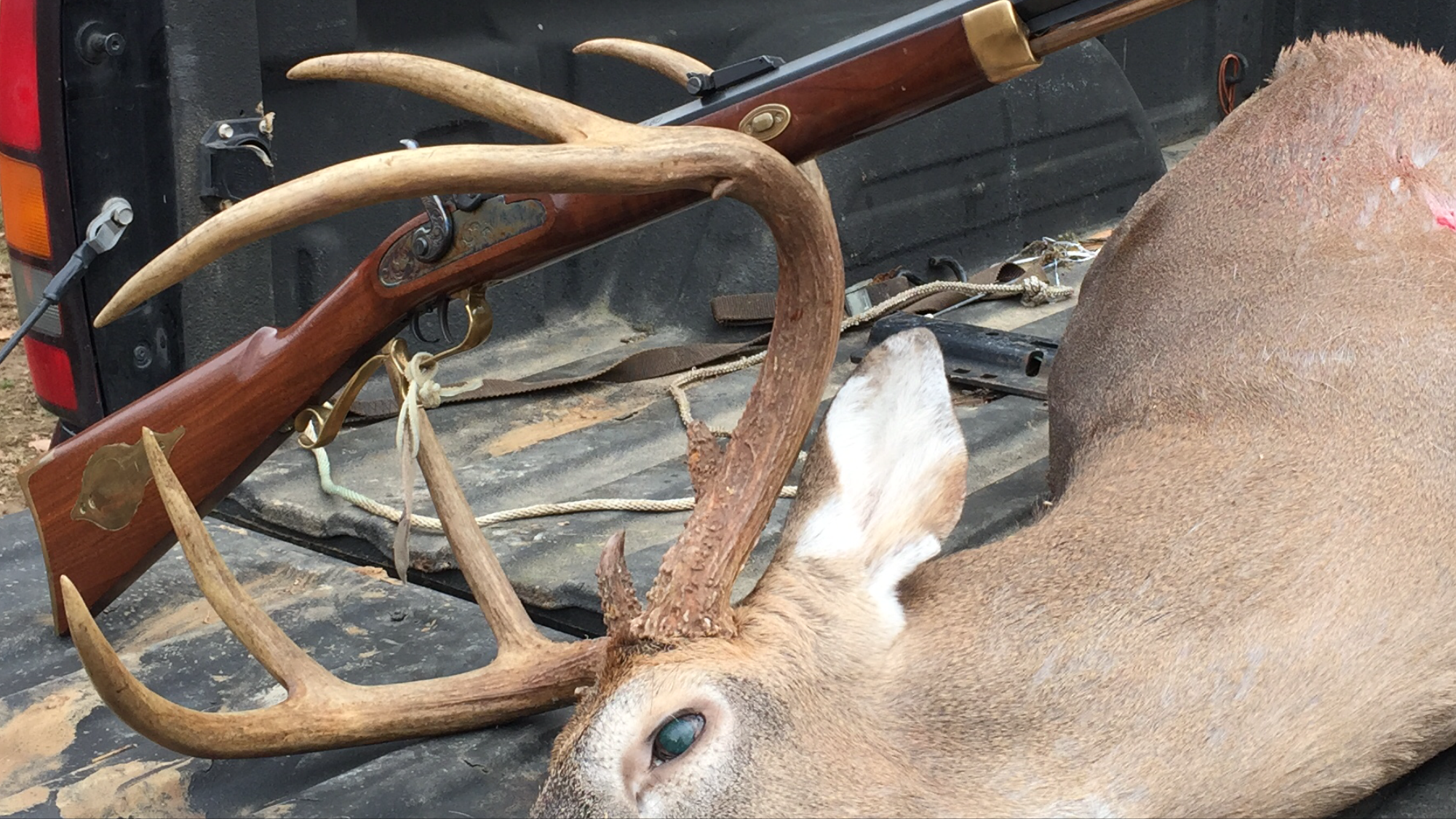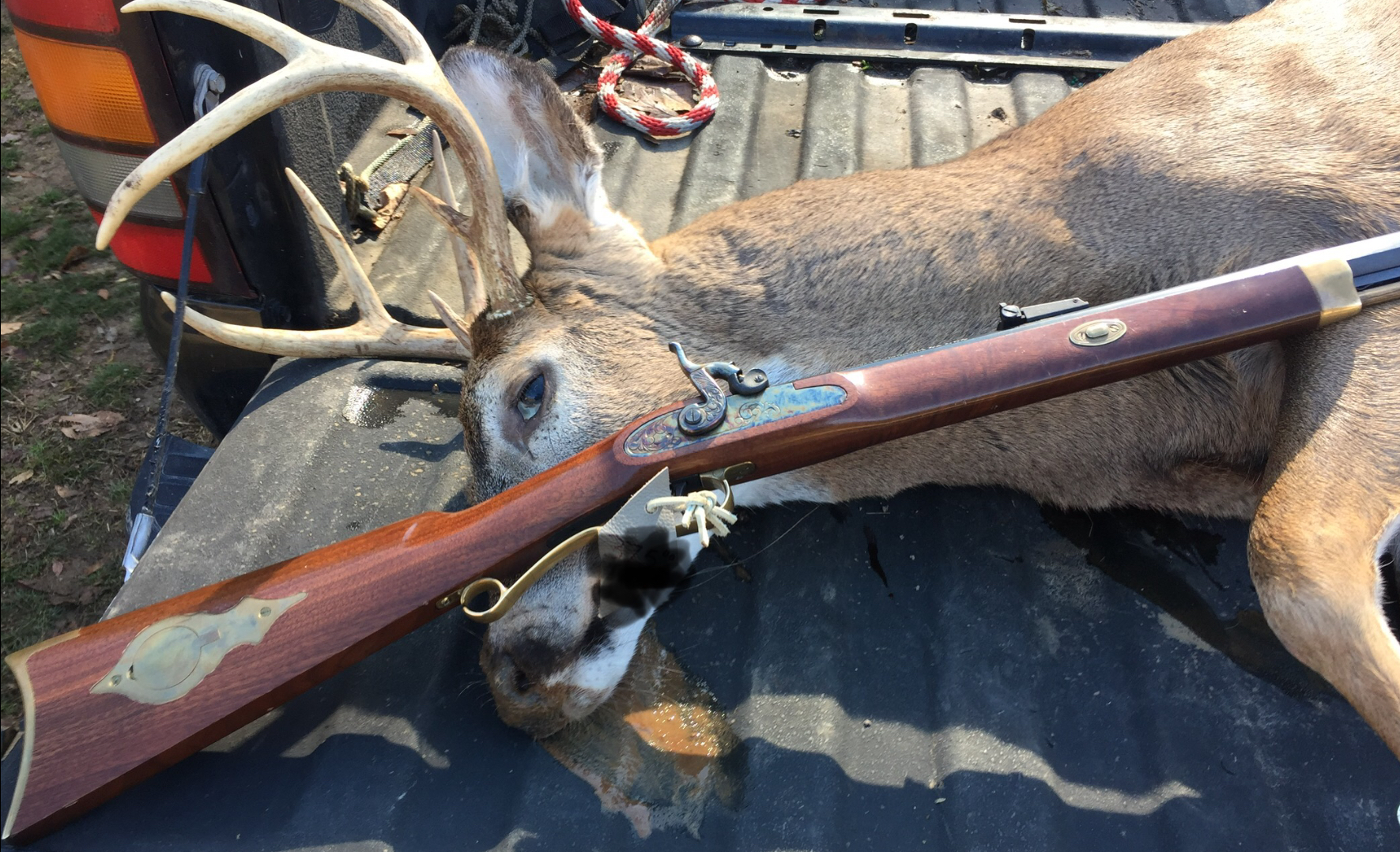New to the forum and need suggestions. Pulled out my percussion TC Hawken .50 I built from a kit in 1984. After a lot of cleaning and reading here on the forum I’ve started working (re-working) up the load. All was going well, I am using PRB .490 balls, .015 prelubed patches, and 70 grain Goex FFg. At 25 yards I had it grouping inside of 3”, it does shoot about 2” high but I’m aware of that and compensate. Once I had confidence in the load I felt ready to move out to 50 yards. I also had to purchase a new box of balls, Hornady .490 at the same time I went from 25 yards to 50 yards.
Now at 50 yards I am getting random fliers too often. Most go high but occasionally one will go left or right. The odd part is, I can string together 3-4 shots that group inside of 5” at 50 yards but then the next shot may be a flier. Had one today go about 12” high, another about 6” to the left, another about 6” high. This has caused me to really start losing confidence in using the gun for hunting.
After each shot my routine is:
Wipe bore with patch soaked with Bore Shine -repeat with the other side of the patch
Wipe bore with dry patch - repeat with the other side of the patch
Load 70 gr prelubed patch and ball
I have tried a few shots with 80 grain and 90 grain while at the 25 yard range and the pattern definitely opens up.
I guess my one real question is...what procedure can be used to reduce (eliminate) fliers. I really want to hunt with this gun, I’ve taken two deer this year, both within 25 yards. I would like to be confident out to 50 yards.
Thanks....Dave
Now at 50 yards I am getting random fliers too often. Most go high but occasionally one will go left or right. The odd part is, I can string together 3-4 shots that group inside of 5” at 50 yards but then the next shot may be a flier. Had one today go about 12” high, another about 6” to the left, another about 6” high. This has caused me to really start losing confidence in using the gun for hunting.
After each shot my routine is:
Wipe bore with patch soaked with Bore Shine -repeat with the other side of the patch
Wipe bore with dry patch - repeat with the other side of the patch
Load 70 gr prelubed patch and ball
I have tried a few shots with 80 grain and 90 grain while at the 25 yard range and the pattern definitely opens up.
I guess my one real question is...what procedure can be used to reduce (eliminate) fliers. I really want to hunt with this gun, I’ve taken two deer this year, both within 25 yards. I would like to be confident out to 50 yards.
Thanks....Dave












